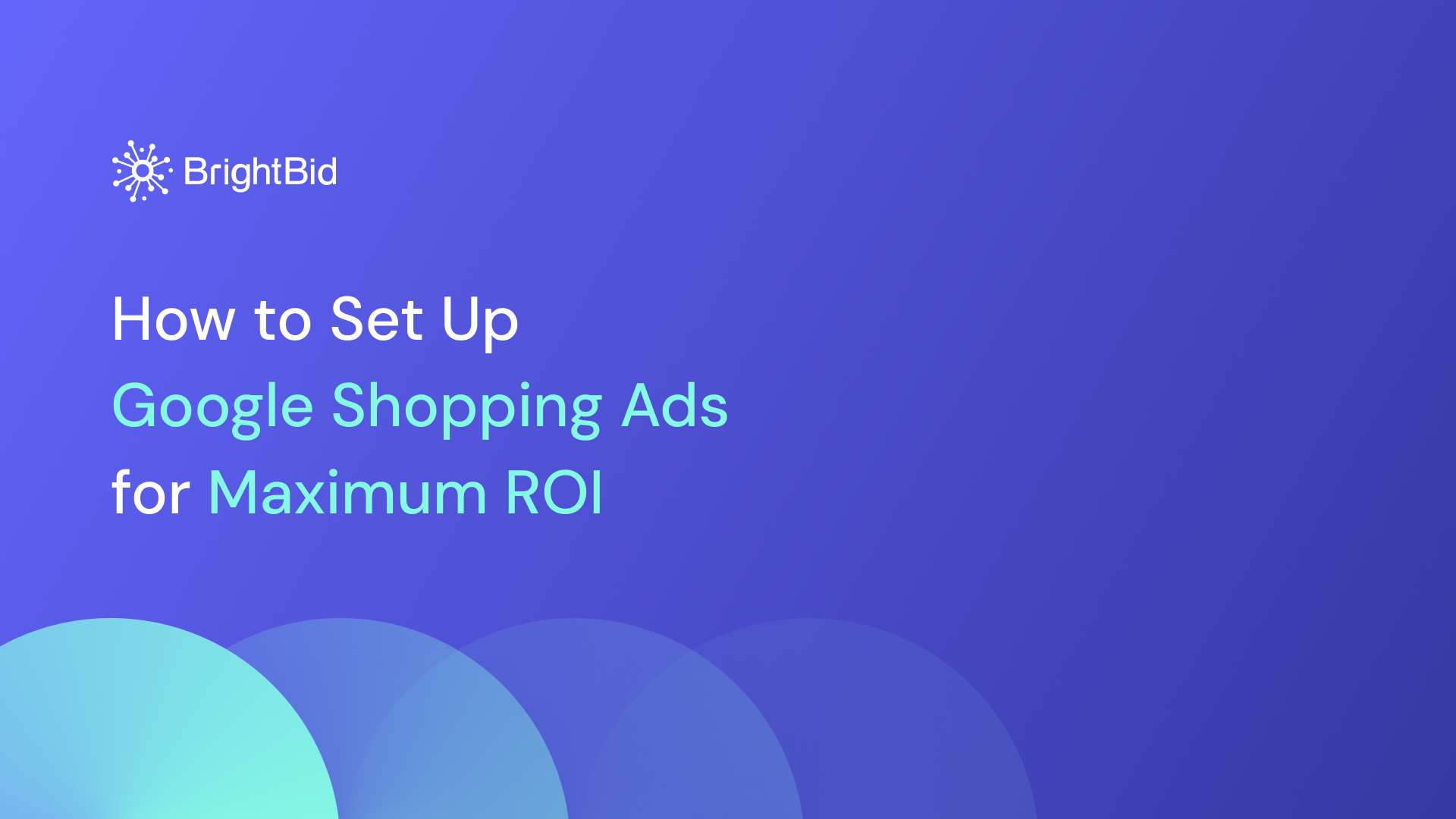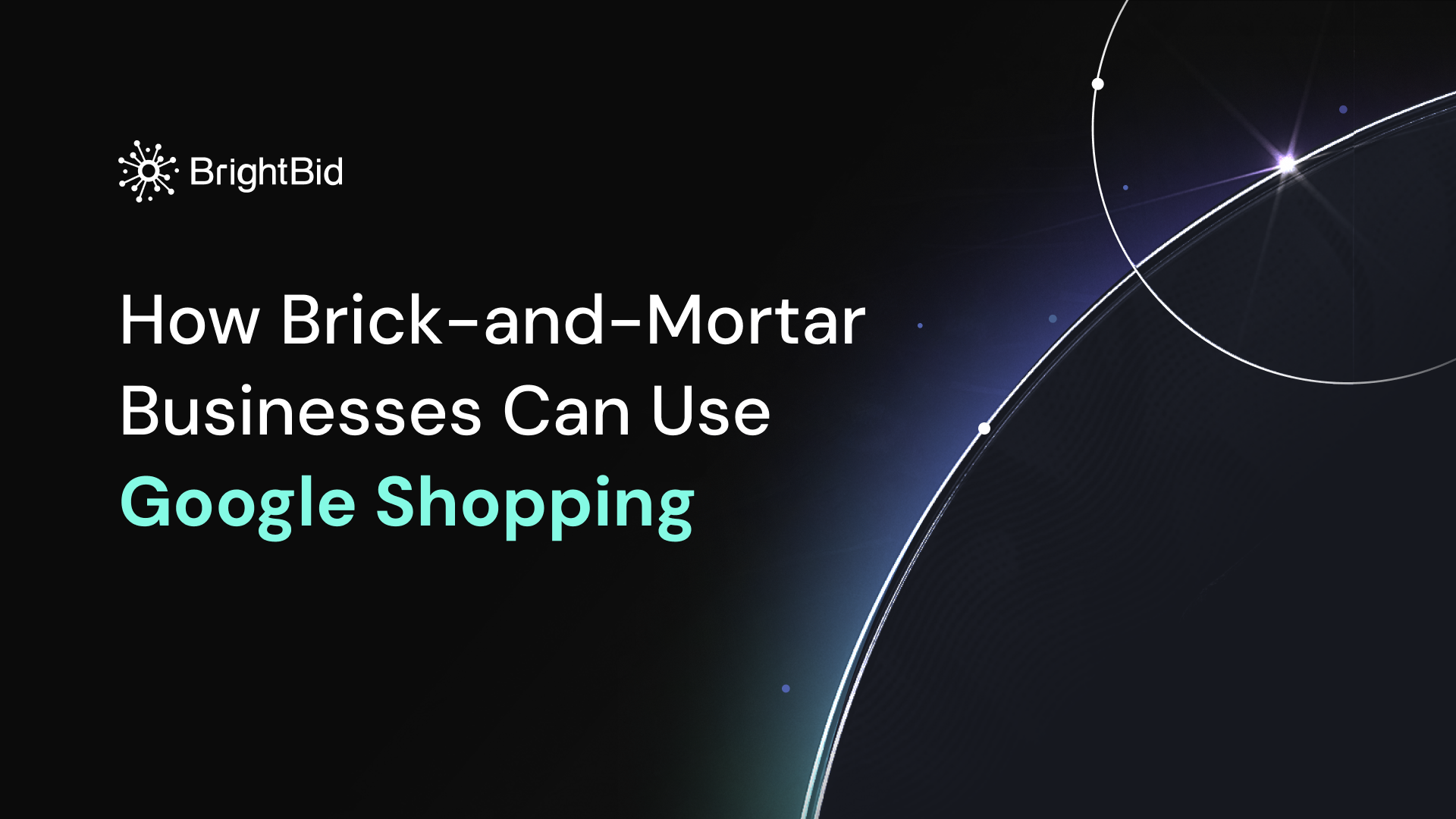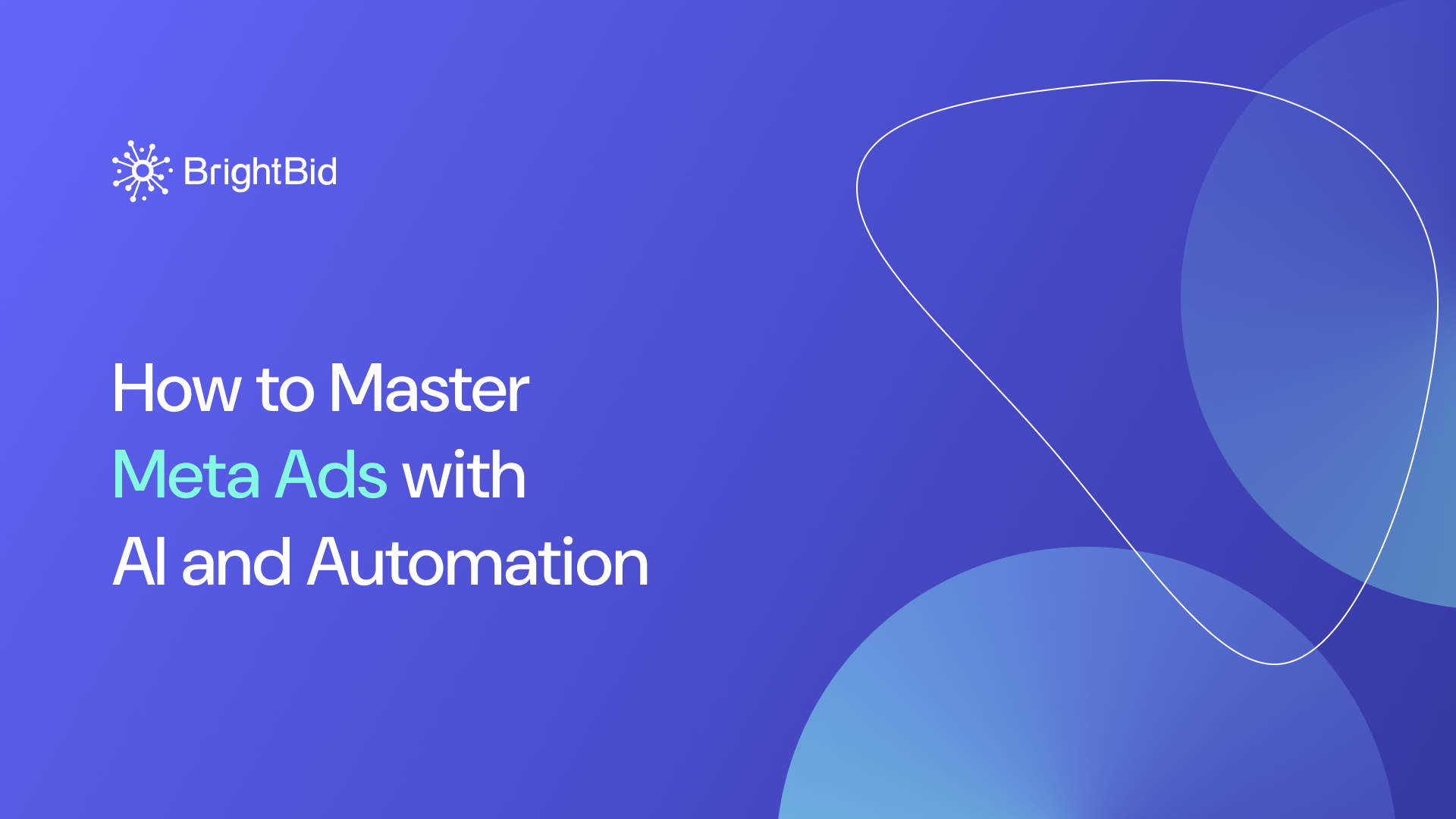-
How to Train AI for Better Ads in 2025
Featured
Read more: How to Train AI for Better Ads in 2025Struggling with Performance Max? Learn how to train Google’s AI with better signals — from audience inputs to asset hygiene — and see how BrightBid’s audit helps clean up your campaigns.
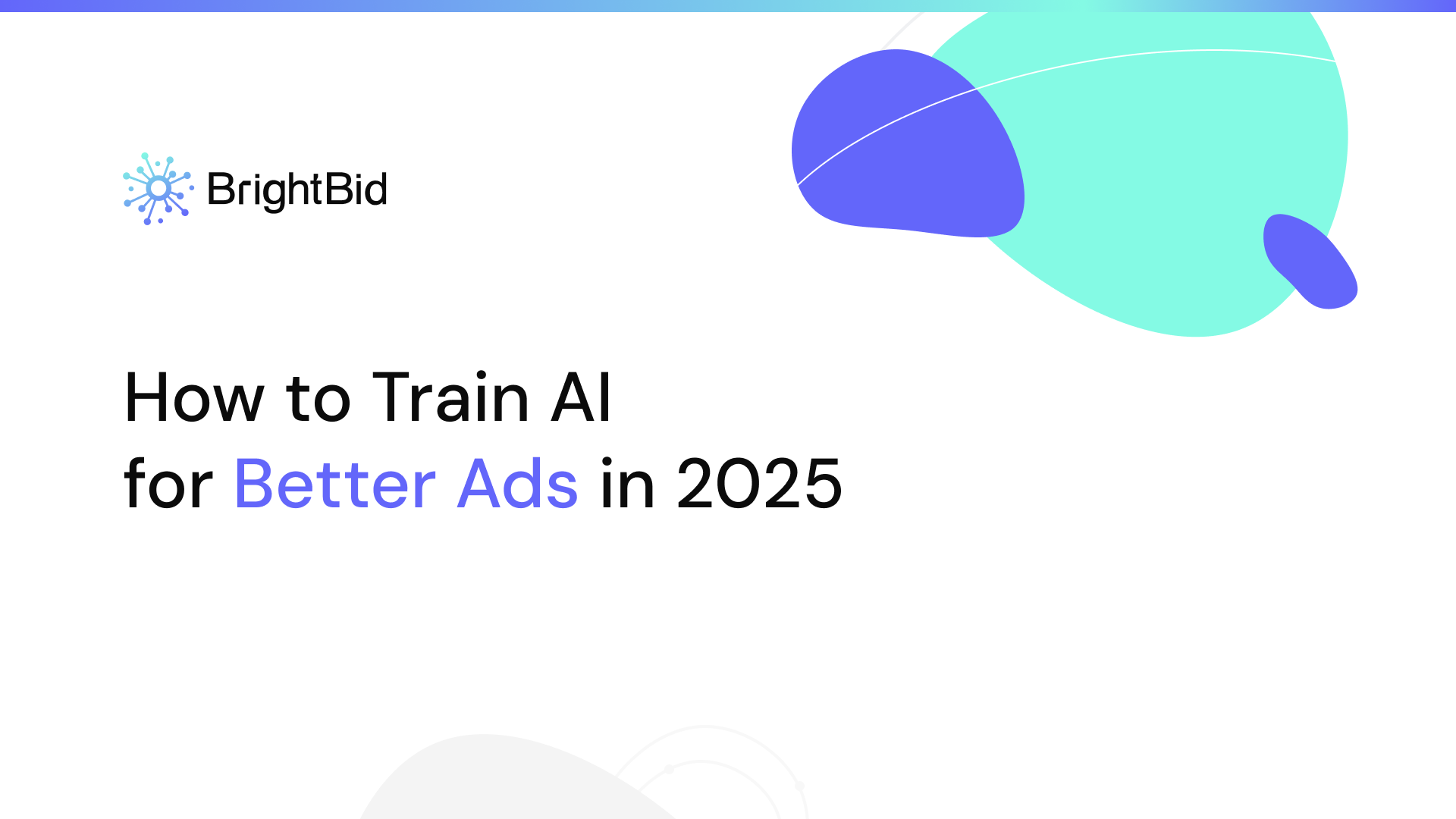
-

10 Ways AI and PPC Automation Can Boost Your Ad Campaigns in 2025
Read More: 10 Ways AI and PPC Automation Can Boost Your Ad Campaigns in 2025Managing PPC campaigns can be tough and time-consuming. Learn the 10 ways you can improve your PPC campaigns with AI and automation.
-

Google Ads vs Bing Ads: What is the Difference and Why Use Both in 2025?
Read More: Google Ads vs Bing Ads: What is the Difference and Why Use Both in 2025?Any e-commerce business can successfully combine the two leading advertising platforms (Microsoft Advertising and Google Ads) in their marketing and sales activities. Read more to see how this can be done.
-
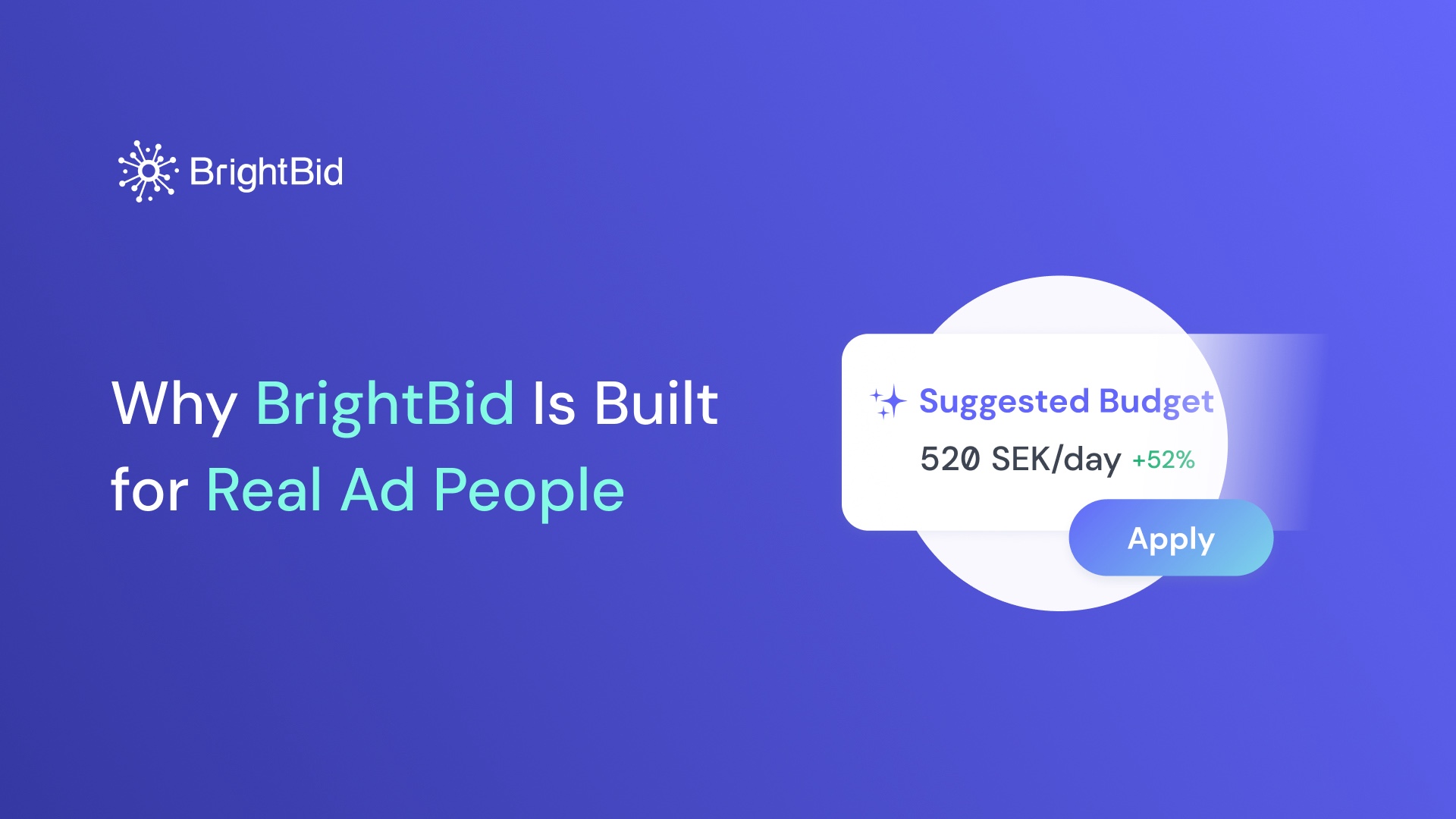
Not Another Dashboard: Why BrightBid Is Built for Real Ad People
Read More: Not Another Dashboard: Why BrightBid Is Built for Real Ad PeopleDiscover why the BrightBid Dashboard is your all-in-one hub for managing, optimizing, and scaling Google Ads. From audit insights to real-time fixes—here’s why it’s a keeper.
-
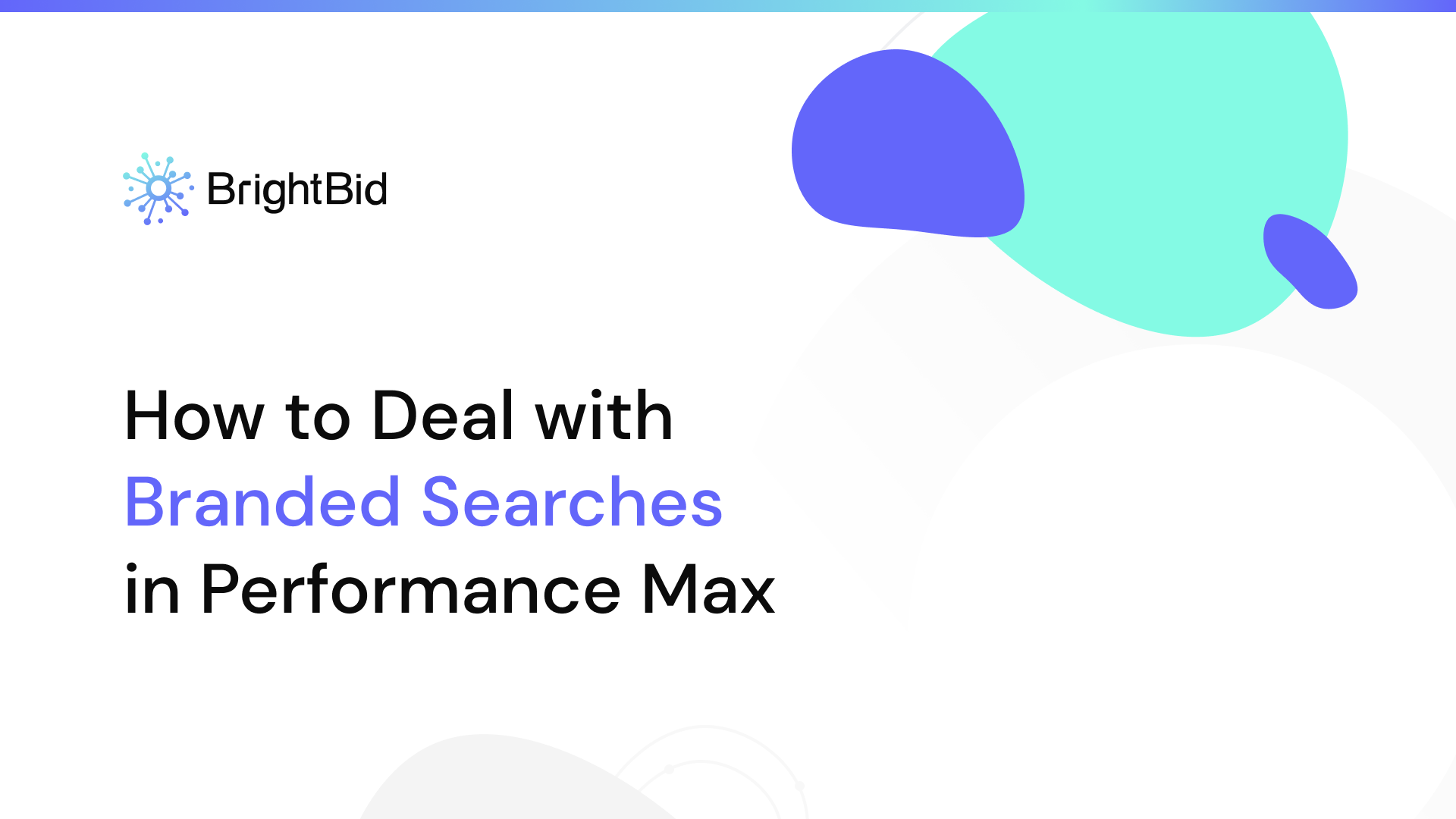
How to Deal with Branded Traffic in Performance Max
Read More: How to Deal with Branded Traffic in Performance MaxLearn how to manage branded traffic in Performance Max campaigns, exclude brand terms effectively, and optimize your results using the latest tools and strategies from BrightBid.
-

Supercharge Your B2B Lead Generation with Google, Bing, and LinkedIn Ads
Read More: Supercharge Your B2B Lead Generation with Google, Bing, and LinkedIn AdsTo streamline B2B lead generation, leverage Google Ads, Bing Ads, and LinkedIn Ads. Let’s talk about how these platforms can assist you in lead generation process.
-
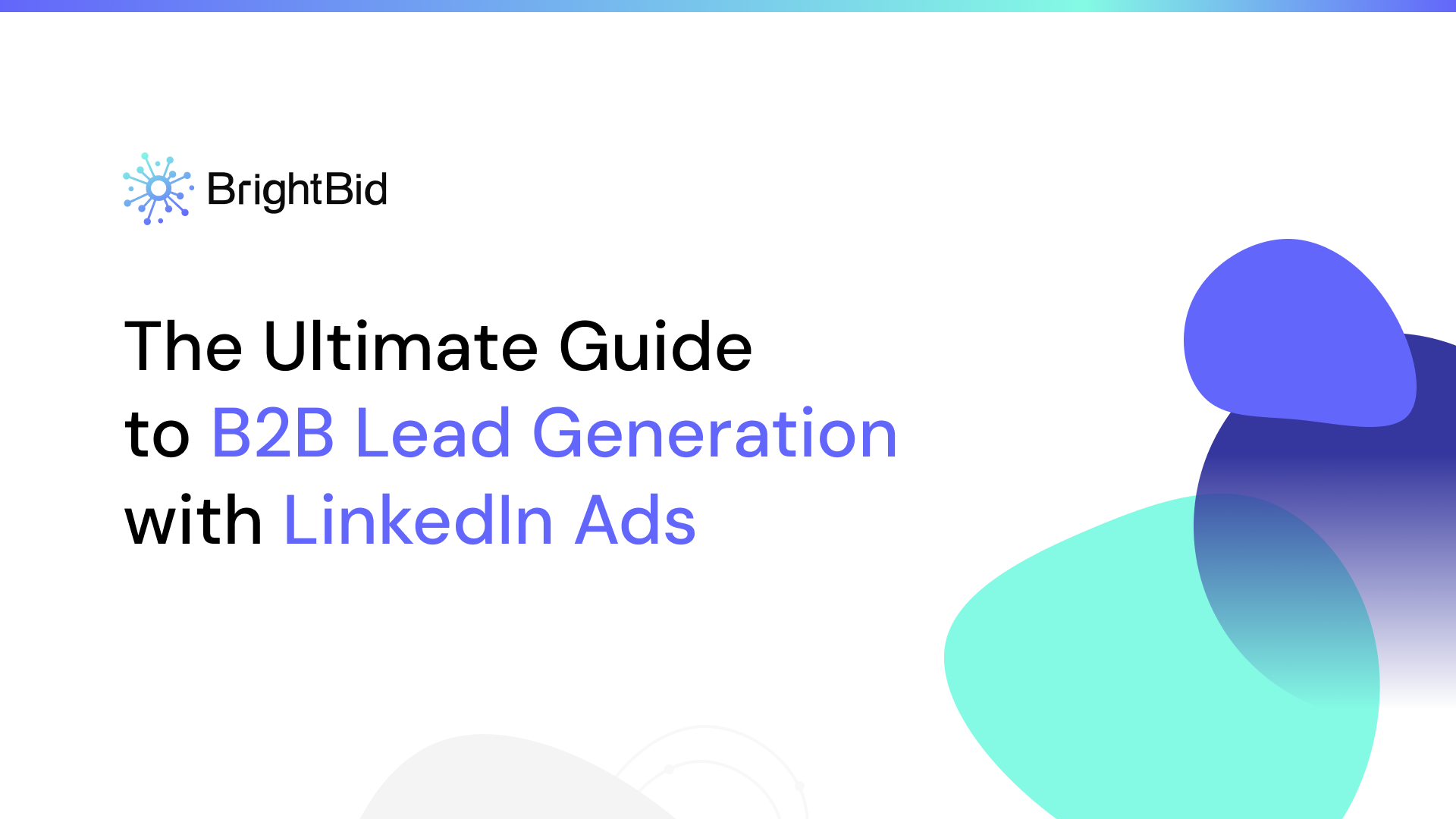
The Ultimate Guide to B2B Lead Generation with LinkedIn Ads
Read More: The Ultimate Guide to B2B Lead Generation with LinkedIn AdsExplore the latest LinkedIn features, ad formats, targeting tactics, and performance tips to supercharge your B2B lead generation.
-
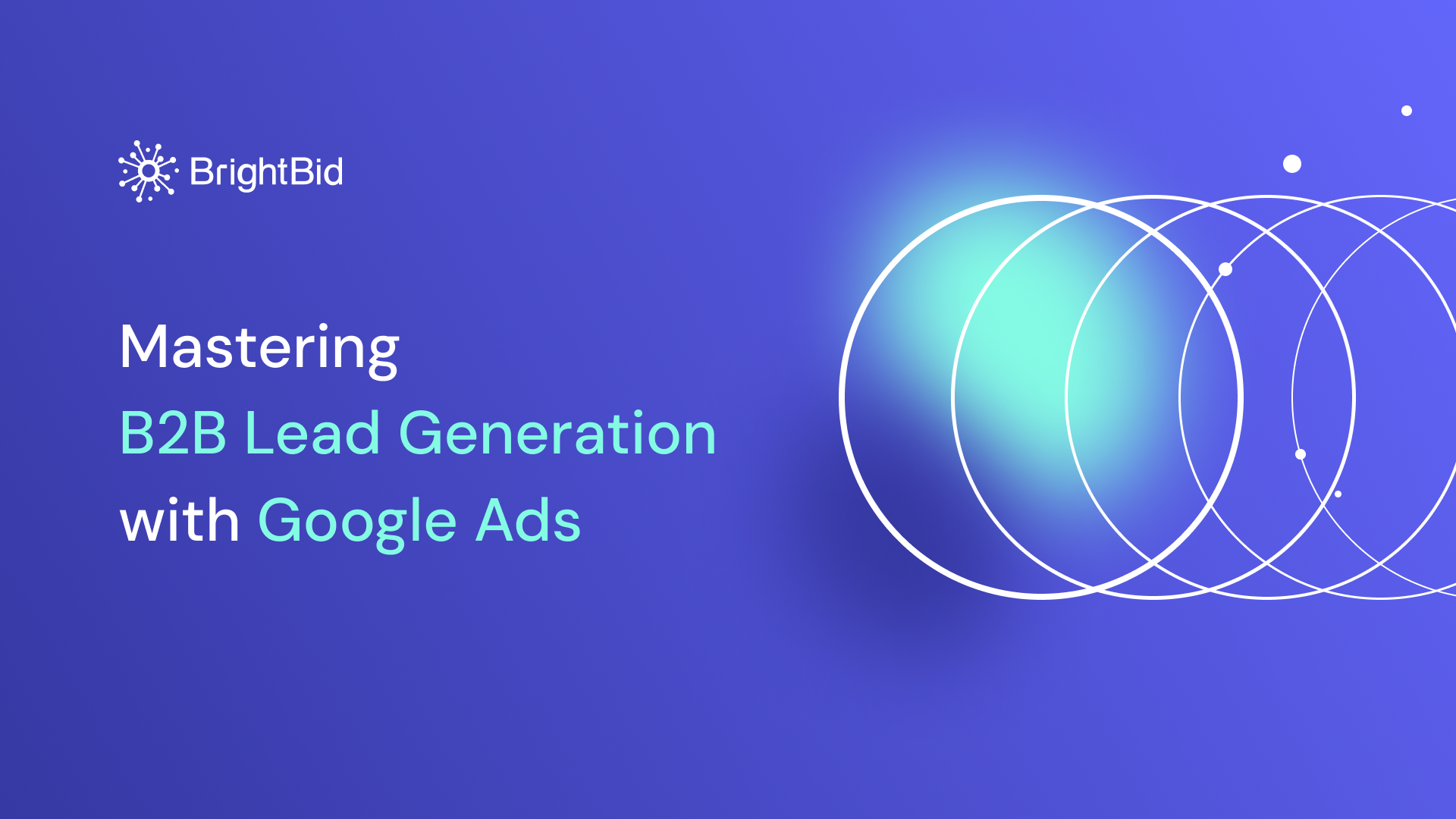
Mastering B2B Lead Generation with Google Ads: Strategies and Tactics
Read More: Mastering B2B Lead Generation with Google Ads: Strategies and TacticsMaster B2B lead generation with Google Ads using proven strategies for keyword research, campaign setup, ad copy, landing pages, and advanced optimization tips.
-
How to Fix Google Shopping Feed Errors
Read More: How to Fix Google Shopping Feed ErrorsAny ad channel or online platform for showcasing goods comes with its own rulebook. Google Shopping is no exception. To get your products seen—and clicked—you need a clean, optimized feed that follows Google’s requirements to…
-
How to Set Up Google Shopping Ads for Maximum ROI
Read More: How to Set Up Google Shopping Ads for Maximum ROIUnlike traditional text-based search ads, Shopping Ads display images, prices, and product details, making them more engaging and conversion-friendly.
-
How Brick-and-Mortar Businesses Can Make Use of Google Shopping
Read More: How Brick-and-Mortar Businesses Can Make Use of Google ShoppingExplore the seamless integration of Google Shopping and brick-and-mortar retail. Discover how to drive foot traffic to your physical store while leveraging the power of online shopping ads.
-
Price Like a Pro: Track Competitor Prices on Google Shopping
Read More: Price Like a Pro: Track Competitor Prices on Google ShoppingLearn how to track Google Shopping prices of your competitors with this guide. Also, we’ll go through a case study we’ve run recently on competitor price tracking and monitoring—some exciting insights there!
-
Mastering Meta Ads: AI, Automation, and Strategies for E-Commerce Success
Read More: Mastering Meta Ads: AI, Automation, and Strategies for E-Commerce SuccessDiscover how Lakrisroten achieved 243% ROAS with AI-driven Meta Ads. Learn key strategies for targeting, bidding, and optimization to grow your e-commerce business.
Want to know more? Click
here to book an initial
discovery call

